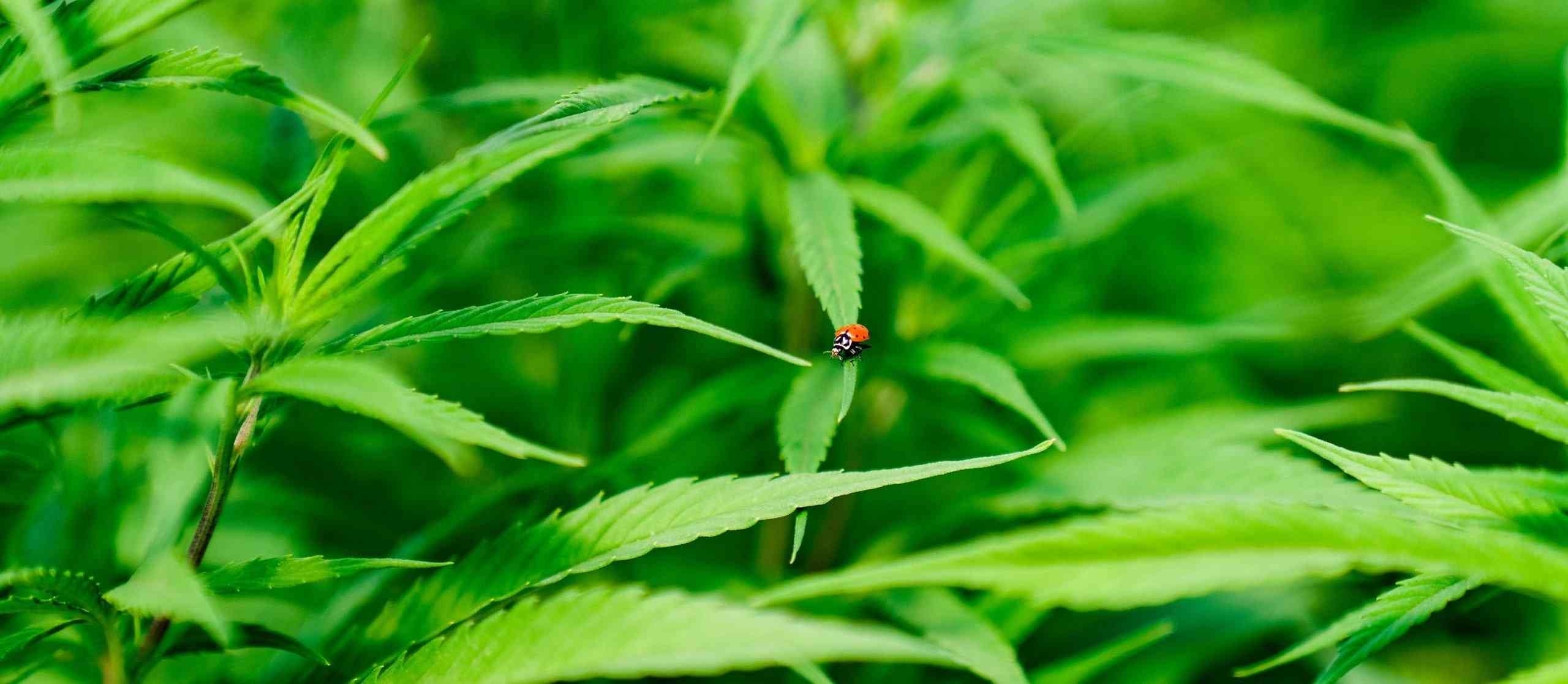No products in the cart.

Biodiversity refers to the animals, plants, and microorganisms above and below the soil that all balance an overall ecosystem. A farm represents an ecosystem itself and impacts native plants, local wildlife, and the environment as a whole. At Gorilla FarmCo, our responsibility is to recognize that we too are part of the ecosystem and our role is to be the best land stewards and grow great organic botanicals while minimizing our impact on nature. With seed to shelf, or better yet soil to oil, organic hemp is used in all of Green Gorilla’s CBD products, making sure that sustainability and biodiversity are part and parcel of every product we offer.
Our work at the farm begins after winter when the weather starts to warm. Initially we plow down our cover crops that protected our soils over winter and prepare a soil bed ready for planting. The cover crops not only provide protection from soil erosion, they helped reduce weed populations and provide nutrients to the subsequent hemp crop. Once again, we plant other cover crops in the early spring to keep our soil covered and to boost biodiversity by creating a habitat for beneficial insects.
A fascinating study out of Europe looked at the effectiveness of organic farming for promoting biodiversity on vineyards in the Mediterranean. The research found that “appropriate management of the vineyard ground cover, therefore, seems to provide a greater benefit for increasing species richness and spider abundance than does the low use of pesticides on its own. Nevertheless, this can also be seen as an indirect positive effect of organic farming as vegetation cover was significantly higher in organic vineyards”(Froidevaux 2017). The benefits of organic farming in this study were shown by increased vegetation cover and a more diverse variety of overall species without using pesticides. Gorilla FarmCo using organic farming practices can replicate the same growth of ground cover to help our ecosystem of plants and animals thrive.
As we have developed our hemp farm over time, our farmers have noticed an increase in the wildlife and critters that inhabit our farmland. When we first set foot on our 1500 acres of land, it was mostly barren and filled with native vegetation and alfalfa. Since working on our farmland with sustainable and organic farming practices, we have seen a steady increase in native animals calling our farm home. The overall species variety of animals on our land now includes several types of birds who aid in dispersing seeds and hawks that act as a natural predator. Earthworms work to benefit the soil, and bees provide for natural pollination of plants and ladybugs protect plants by eating plant-eating insects.
Increased biodiversity has also shown to combat adverse effects of climate change, and ecosystems as “diverse agricultural ecosystems (or, agroecosystems) are better able to withstand external stresses. They’re more resilient in the face of the extreme weather brought about by climate change, and they are more likely to offer natural forms of pest control”(Conservation Magazine 2015). A significant implication of increased biodiversity on farmland is the ability to combat climate change in a manner that is more sustainable for the future. As the climate on the earth changes, our farm will be able to better adapt to changing conditions without turning to pesticides or unnatural means of farming.
Sources
“Farms Are Losing Biodiversity, Too.” University of Washington Conservation , Conservation Magazine , 5 Sept. 2018, www.conservationmagazine.org/2015/09/farms-are-losing-biodiversity-too/.
Froidevaux, Jérémy S.P., et al. “Does Organic Farming Enhance Biodiversity in Mediterranean Vineyards? A Case Study with Bats and Arachnids.” Agriculture, Ecosystems & Environment, Elsevier, 31 Aug. 2017, www.sciencedirect.com/science/article/pii/S0167880917303626.

